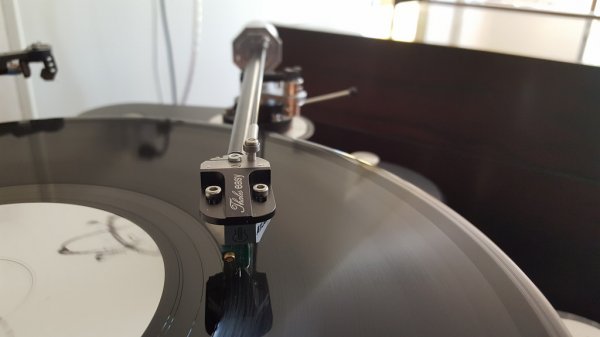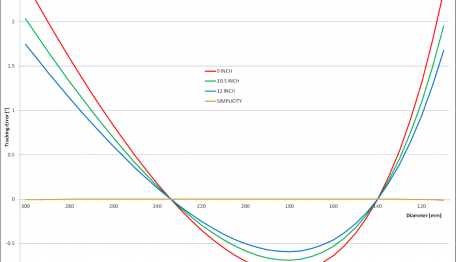Tonearm characteristics
I enjoy your posts very much, Peter. It is clear that you listen with outstanding attention, and craft your written observations with virtually equal care for detail.
Previously, you wrote:
"I think the [SME] V has had some changes to the bearing and to the internal wiring over the years. But I am not sure of the specifics. My arm [SME V12] is based on the V but has some differences besides three extra inches. Fremer actually did not review the SME V-12. He reviewed the 312S and he did like it, but it is not as good as my arm. It is more like a longer IV than it is like a longer V."
I believe you have heard the SME IV, V and V12. Have you listened to the 312S in your system (or someone else's)? Just wonder the basis of your being able to say that the 312S is more like an elongated SME IV than like a longer V. I guess I am wondering if your opinion is based upon the 'family design resemblance' of the earlier vs. later SME arms --not necessarily incorrect, but reasonable to assert without listening experience?-- or if your opinion is audition-based.
You are very precise in the very largest part of what you write, and I wondered if this observation were founded upon experience, and if so, yours or an opinion someone shared with you?
I enjoy your posts very much, Peter. It is clear that you listen with outstanding attention, and craft your written observations with virtually equal care for detail.
Previously, you wrote:
"I think the [SME] V has had some changes to the bearing and to the internal wiring over the years. But I am not sure of the specifics. My arm [SME V12] is based on the V but has some differences besides three extra inches. Fremer actually did not review the SME V-12. He reviewed the 312S and he did like it, but it is not as good as my arm. It is more like a longer IV than it is like a longer V."
I believe you have heard the SME IV, V and V12. Have you listened to the 312S in your system (or someone else's)? Just wonder the basis of your being able to say that the 312S is more like an elongated SME IV than like a longer V. I guess I am wondering if your opinion is based upon the 'family design resemblance' of the earlier vs. later SME arms --not necessarily incorrect, but reasonable to assert without listening experience?-- or if your opinion is audition-based.
You are very precise in the very largest part of what you write, and I wondered if this observation were founded upon experience, and if so, yours or an opinion someone shared with you?







